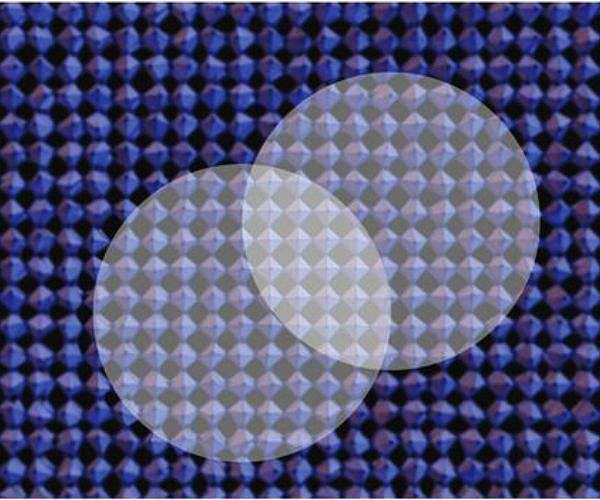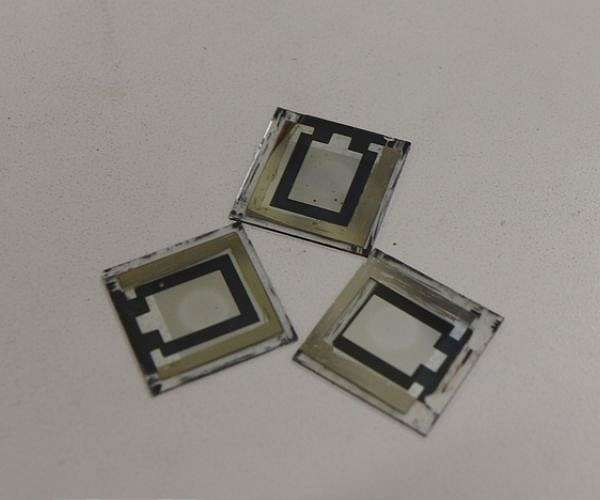HELSINKI – China’s Xidian University has completed the world’s first fully connected and fully ground-based test system for space-based solar energy.
The 75-meter-high steel structure in the southern part of Xidian University in Xi’an, northern China, contains subsystems for testing the concept of space-based solar energy (SBSP). It passed the entrance examination on June 5, three years ahead of schedule, according to a university statement.
The facility is designed to collect solar energy and convert it into direct current electricity. It is then converted to microwaves to transmit via an antenna at a distance of 55 meters.
This includes technologies for light and photoelectric conversion, energy conversion to microwaves, microwave transmission and waveform optimization, measurement and control of microwave radiation direction, and microwave reception and rectification.
The work was led by Academician Duan Baoyan, a leading SBSP expert in China. Duan is a co-author of the SSPS-OMEGA (Orb-Shape Membrane Energy Gathering Array) concentrator system for the production of electricity in geostationary orbit. The new facility is designed to test and verify the technology of the OMEGA system.
“Exploration for solar energy in space is currently a hot spot in the world,” Duan said in a press release. However, he noted that the implementation of the SBSP will take generations.
“By analogy, the transfer of heaven and earth is like a common prosperity,” Duan said in a statement. “It’s the ultimate goal and it will take years and many people to achieve, but we can start working on it right now and start where it is most likely to be achieved.”
The OMEGA modular system is presented in comparison and contrast to NASA’s SPS-ALPHA (Solar Satellite Through Arbitrary Large Array) project.
Duan is part of a special SPS strategic research expert group set up by the Chinese National Space Agency (CNSA) in 2014 to include Long Lehao, the chief designer of the Long March rocket, involved in another Chinese SBSP concept.
The Multi-Swivel SPS (MR-SPS) is proposed by the Chinese Academy of Space Technology (CAST), the country’s leading state-owned spacecraft manufacturer. Unlike the “spherical” SSPS-OMEGA, it would include a large number of linear solar arrays with multiple pivot joints to avoid single point failure. This would require space assembly using a free-flying robotic spacecraft.
Long presented last year’s proposed reusable version of the undeveloped ultra-heavy launch vehicle Long March 9, which could be used to build large SBSP facilities in geostationary orbit.
At the same time, CAST plans to conduct a test for high-voltage space transmission and wireless power transmission in low Earth orbit in 2028, followed by GEO tests in 2030.
Last year, CAST carried out the transmission of microwave energy to a distance of 300 meters, using payload on board a small aircraft and receivers on board a marine research vessel.
How long do solar panels last?
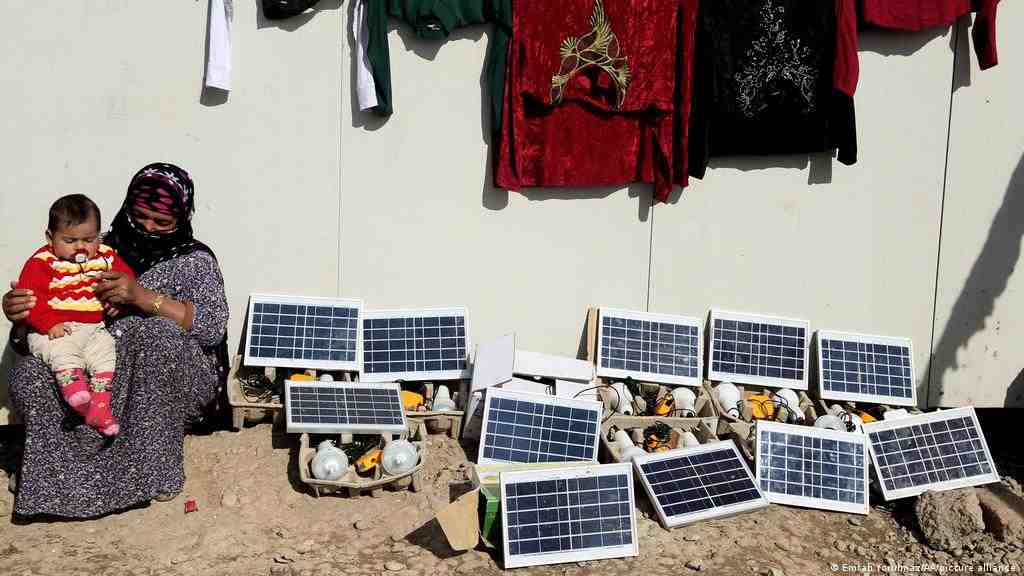
Solar panels, also known as photovoltaic or PV panels, are made to last more than 25 years. In fact, many solar panels already installed in the 1980s are still operating at the expected power. Not only are solar panels remarkably reliable, but the longevity of solar panels has also increased dramatically over the last 20 years.
How often do you change solar panels? The industry has a standard lifespan of about 25-30 years, which means that some of the panels installed at the beginning of the current boom will not be long after decommissioning. Read also : Low-cost imaging technique shows how smartphone batteries could charge in minutes.
How long does it take for solar panels to pay for themselves?
Solar panels pay off over time, saving you money on your electricity bills and, in some cases, earning you money through current incentive payments. Read also : Why solar energy is good essay ?. The average payback period for solar panels in the United States is 5-15 years, depending on where you live.
How long does it take solar panels to pay back?
The most common estimate of the average payback period for solar panels is six to ten years. This is a fairly wide range, as there are many factors that affect the number of years and monthly savings it takes to pay for panels.
What are the 2 main disadvantages of solar energy?
Disadvantages of solar energy
- Cost. The initial cost of buying a solar system is quite high. …
- Weather dependent. Although solar energy can still be stored on cloudy and rainy days, the efficiency of the solar system decreases. …
- Storing solar energy is expensive. …
- Uses a lot of space. …
- Related to pollution.
Do solar panels ever pay for themselves?
Keys included. Solar panels pay off over time, saving you money on your electricity bills and, in some cases, earning you money through current incentive payments. The average payback period for solar panels in the United States is 5-15 years, depending on where you live.
What are the 2 main disadvantages to solar energy?
Disadvantages of solar energy
- Cost. The initial cost of buying a solar system is quite high. …
- Weather dependent. Although solar energy can still be stored on cloudy and rainy days, the efficiency of the solar system decreases. …
- Storing solar energy is expensive. …
- Uses a lot of space. …
- Related to pollution.
What are 2 advantages and 2 disadvantages of solar energy?
| The benefits of solar energy | Disadvantages of solar energy |
|---|---|
| Reduces electricity bills | High initial costs |
| Offers tax benefits | Time consuming |
| Connects to solar storage | Weather dependent |
| Environmental friendly | Strict criteria |
What is the main disadvantage of solar energy?
Reliability. One of the disadvantages of solar energy is that it relies on the sun, which cannot produce electricity at night, which requires the storage of excess energy produced during the day or connected to an alternative power source, such as the local electricity grid.
How many solar panels would it take to power a house?
The average home in the United States is about 1,500 square feet. For a home of this size, a typical electricity bill is about $ 100 a month. An estimated 15-18 solar panels would be needed to cover the electricity in this home.
How many solar panels are needed to power my home?
How many solar panels does the average house need? An approximately 1,500-square-foot house is estimated to require 15 to 18 solar panels.
What is the most efficient solar panel ever made?
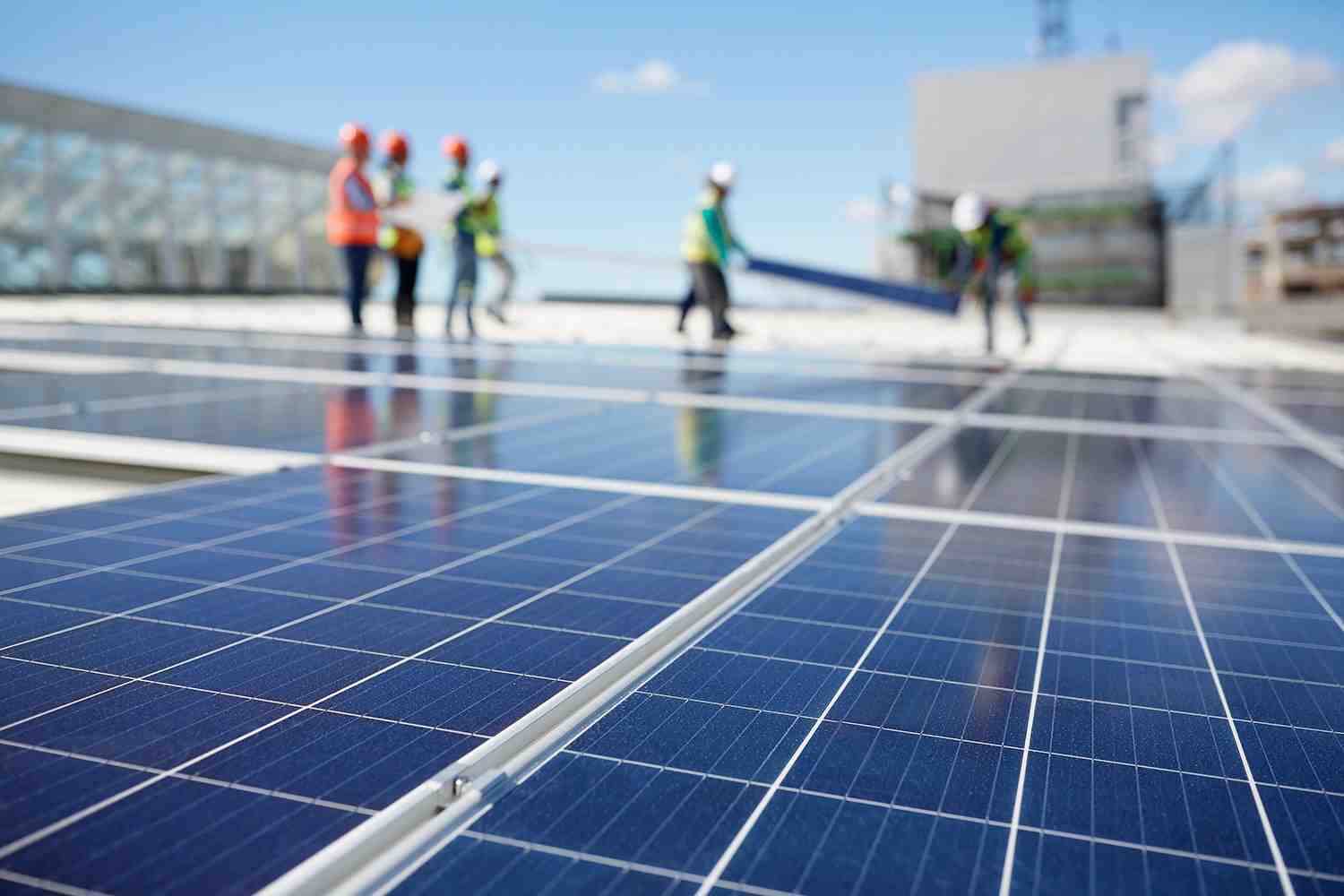
The solar panel of the future Scientists have developed a solar cell capable of converting direct sunlight into electricity with 44.5% efficiency – making it potentially the most efficient solar cell in the world.
Can Solar Panels Be 100 Effective? The second law of thermodynamics prohibits a 100% efficient solar cell.
Which solar panel has the highest efficiency?
| # | Do it | Efficiency |
|---|---|---|
| 1 | SunPower | 22.8% |
| 2 | Canadian solar energy | 22.5% |
| 3 | LG | 22.3% |
| 4 | Panasonic | 22.2% |
Are more efficient solar panels coming?
Summary: The team has successfully increased the level of energy absorbed by wafer-thin photovoltaic panels by 25%. Their solar panels, which are only one micrometer thick, convert light into electricity more efficiently than other thin ones and pave the way for easier and greener energy generation.
What is the most efficient solar panel ever made?
The solar panel of the future Scientists have developed a solar cell capable of converting direct sunlight into electricity with 44.5% efficiency – making it potentially the most efficient solar cell in the world.
Will solar panels ever reach 50 efficiency?
New types of solar technology have set a world record for the most efficient use of solar energy. By stacking six different photoactive layers, the record-breaking multi-junction cell has reached almost 50 percent in the laboratory and almost 40 percent “in the sun.”
Will solar panels ever reach 50% efficiency?
New types of solar technology have set a world record for the most efficient use of solar energy. By stacking six different photoactive layers, the record-breaking multi-junction cell has reached almost 50 percent in the laboratory and almost 40 percent “in the sun.”
Which type of solar panel is best?
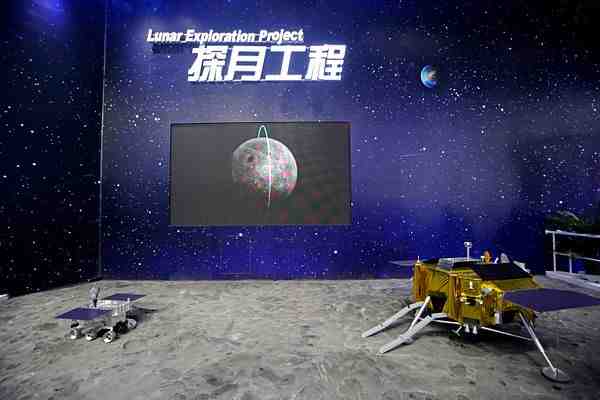
The most efficient solar panel is a monocrystalline solar panel. Monocrystalline solar panels can reach over 20 percent. On the other hand, polycrystalline panels can usually reach only 15-17 percent.
What are the 3 types of solar panels? In this blog, we’ll look at three main types of solar panels: polycrystalline, monocrystalline, and thin-film. Understanding these three differences is the first step in choosing the most appropriate panel for your home, business or community.
Which type of solar panel is best for home use?
Due to their power and efficiency, monocrystalline solar panels are still the most commonly used solar panel in residential buildings. Monocrystalline solar panels can achieve efficiencies of over 20%, making them the most efficient panel on the market.
What is better AC or DC solar panels?
The advantage of DC-connected solar energy systems is that they are more efficient than AC-connected systems. While in an AC-connected storage device, solar energy is converted three times between AC and DC, DC systems convert the electricity from the solar panels only once, which increases the overall efficiency of the system.
Which type of solar panel is better?
Of all the panel types, crystalline solar panels have the highest efficiency. The efficiency of monocrystalline panels is over 20%. PERC panels add 5% additional efficiency due to the passivation layer. Polycrystalline panels float anywhere from 15-17%.
Which solar panel is best for home?
Based on factors such as efficiency, durability, product warranty, price point and temperature coefficient, these are the best solar panels for home use:
- LG: Overall the best.
- SunPower: the most efficient.
- Panasonic: the best temperature coefficient.
- Silfab: The best guarantee.
- Canadian Solar Energy: The Most Affordable.
- Trina Solar: the best value for money.
Which is better poly or mono solar panels?
Monocrystalline solar cells are more efficient because they are cut from a single source of silicon. Polycrystalline solar cells are mixed from several silicon sources and are slightly less efficient. Thin film technology costs less than mono- or polyp panels, but is also less efficient.
Is Monocrystalline solar panels the best?
Among the different types of solar panels, the highest efficiencies of monocrystalline cells are usually in the range of 15-20% and should increase further.
What type of solar panel is most efficient?
Of all the panel types, crystalline solar panels have the highest efficiency.
- The efficiency of monocrystalline panels is over 20%.
- PERC panels add 5% additional efficiency due to the passivation layer.
- Polycrystalline panels float anywhere from 15-17%.
What is the 100% efficient solar panel?
The Holy Grail of photovoltaics, found in a novel composite semiconductor material called liquid sunshine. Scientists have discovered the “holy grail” of photovoltaics, a new semiconductor material capable of converting the entire solar spectrum into “green” electricity with 100% efficiency.
Is Sunrun a good idea?
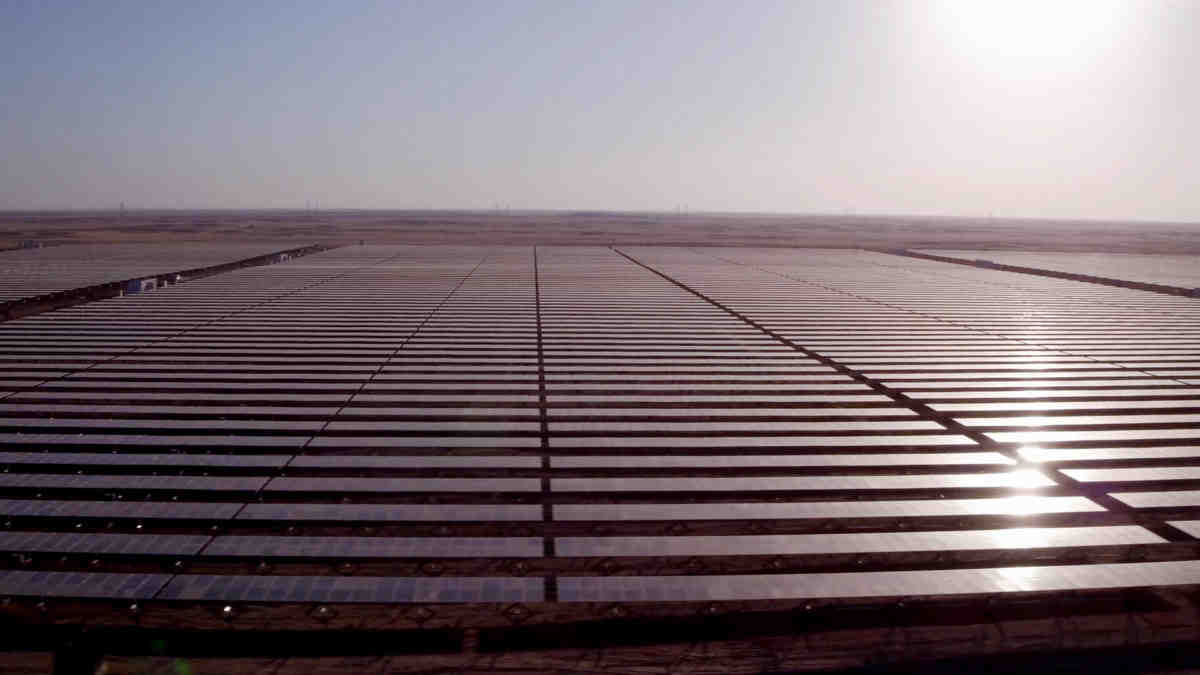
Sunrun is the best solar energy company you can find out about. They are very cost effective compared to other solar companies. I am very satisfied with my purchase and I recommend …
.

